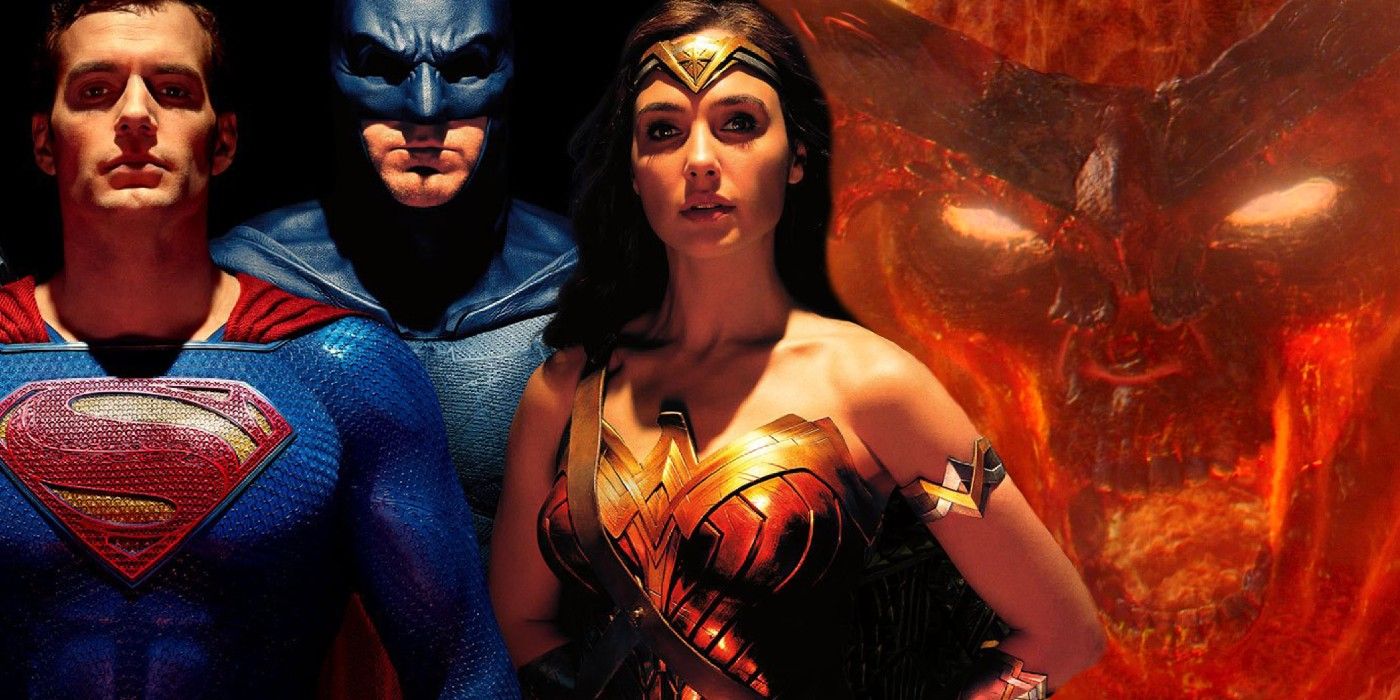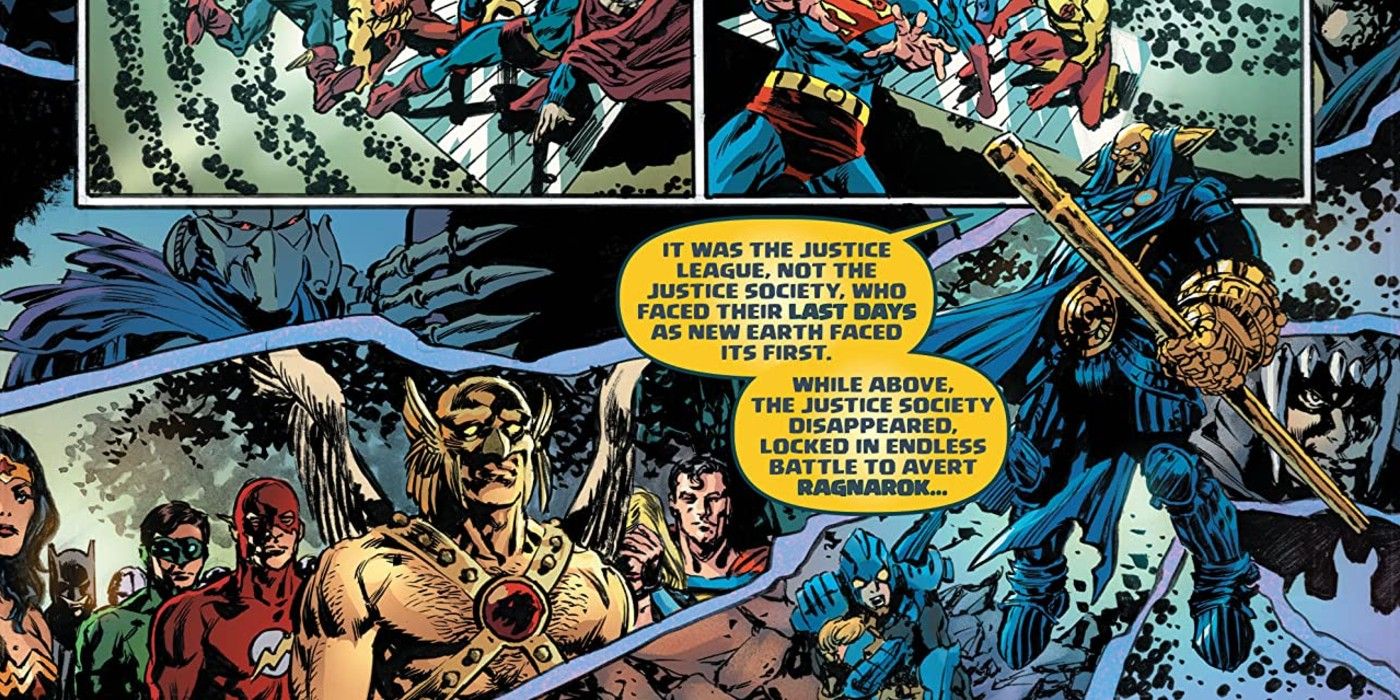
Warning: contains spoilers for Tales from the Dark Multiverse: Crisis on Infinite Earths #1!
Marvel Comics' Thor has managed to save the Nine Realms on several occasions throughout his publication history, but there is no victory that trumps the Asgardian god's successful prevention of the end of all things... Ragnarok, whether in the comics (where Thor ended a cycle that had devoured his people for centuries) or in the MCU's Thor: Ragnarok. Unfortunately, DC Comics' prominent lineup of superheroes didn't fare quite as well as Thor when the famed Norse Armageddon came calling for the Justice League.
DC managed to offer fans a glimpse into the manner in which DC's superheroes would likely handle a catastrophic situation such as Ragnarok with the release of Tales from the Dark Multiverse: Crisis on Infinite Earths #1, from writer Steve Orlando (Wonder Woman, Batman) and Mike Perkins (The Stand, Captain America). Though valiant in their efforts to prevent Ragnarok, the Justice League of New Earth were at a major disadvantage, mainly due to the absence of their powerhouse Superman. Without the aid of Superman, the Justice League fall to Surtur and his fire demon companions, leaving the Justice Society of Earth (formerly America) as the last line of defense against Thor's famous fire demon.
On this newly birthed Earth, standing between Surtur and his conquest of the planet (along with all that is) are the Justice Society of Earth. Even with the inclusion of DC's heaviest hitters, the Justice Society don't fare any better than their superhero counterparts. To put an end to Surtur's reign of destruction involving Earth and his remaining comrades, Alan Scott aka the original Green Lantern offers to become the fire lord's own avatar, scouting ahead for new worlds which Surtur can dismantle. Surtur ultimately accepts and Scott exchanges his super-heroic title of Green Lantern for a new identity, as Surtur's new Dread Lantern. In this dark reality, the Justice League fall, and the Justice Society endure only by sacrificing countless other realities.

Thor is no stranger to the Ragnarok prophecy, being that he has endured the event for centuries and even brought about the end of the constant cycle in writers Michael Avon Oeming (Omega Flight, Red Sonja) and Daniel Berman (Stormbreaker: The Saga of Beta Ray Bill)'s "Ragnarok" tale in 2004. Acting as a largely standalone tie-in to the Avengers Disassembled arc, "Ragnarok" saw the titular event receive the massive resolution only a Thunder God could deliver. Rather than attack Surtur once again and have a brief duel to the death, Thor instead allows his fiery foe a chance to lay waste to Asgard, giving the Asgardians a memorable final battle in the process. However, this final battle will not result in a redo of events, as it has before.
After depriving the prophetic Fates of the Nine Realms of their source of power, Thor confronts and attacks Those Who Sit Above in Shadow; celestial beings who have benefited greatly from the never-ending cycle that is Ragnarok. Destroying the otherworldly thread connecting the Fates to Those Who Sit Above in Shadow, the cycle of Ragnarok is ended. Thor triumphed where the Justice League couldn't by not addressing Surtur as a direct threat, but rather accepting Ragnarok for the story it was and addressing those who benefited from its telling.
In the Justice League's case, this would have been the Darkest Knight, who is presiding over the Dark Multiverse in which Tales from the Dark Multiverse: Crisis on Infinite Earths takes place. Sadly, the heroes didn't have Thor's unique experience of having lived through Ragnarok many times while maintaining friendships on a different plane. Happily, DC's heroes are right now assembling for the final battle against the Darkest Knight, hopefully to prevent any more realities falling to his cruel designs.
from ScreenRant - Feed https://ift.tt/3mG8kDh





No comments: